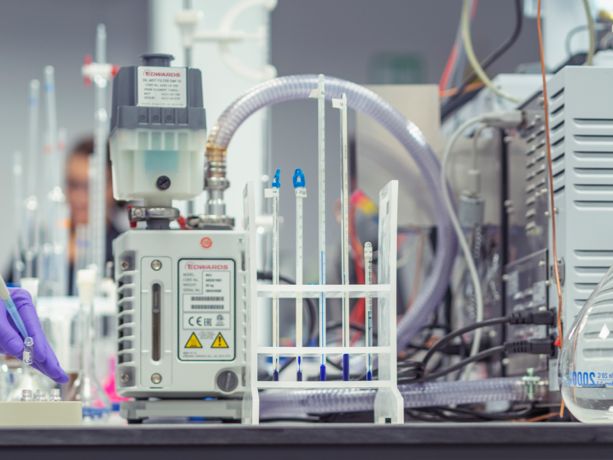Scientists Demonstrate New Understanding of Oxidation in Metallic Glass Nanotubes

Oxidation describes the process whereby chemical substances change when they come into contact with oxygen. Understanding oxidation is vital to knowing how materials will react in ambient environments, traditionally to their detriment. For example, when iron reacts with oxygen, it makes rust – which affects the structural strength and stability of the metal.
However, interesting new research coming from the City University of Hong Kong has discovered that oxidation may actually confer useful properties to metallic glass nanotubes and nanosheets.
Nanomaterials are considered to be particularly prone to oxidation because they have a high surface area, which means there are more opportunities for oxidative reactions to occur. So, to understand the future applications of nanomaterials and how to overcome any issues, Professor Yang and his team decided to test the behaviours of metallic glass nanomaterials.
During the study, Professor Yang and his team experimented on the effects of oxidation on metallic glass nanotubes, and found that conversely to expectations, severely oxidised examples actually demonstrated an increased elastic strain recovery of up between 10 - 20%. This is even higher than most of the conventional super-elastic metals.
The limits of elastic strain delineate how much different materials can be stretched whilst still having the capacity to return to their original dimensions. Past this point, and a material deforms and cannot recover to its original form. Knowing this measurement is important for understanding how a material can perform under pressure.
But the team didn’t stop at just discovering this behaviour, they also wanted to see if they could understand why the nanotubes were developing this property. Using atomistic simulations, the team discovered that the super-elastic properties were a result of nano-oxide networks forming between the existing structures.
Metallic glasses are amorphous structures, which are non-crystalline and less regular, and allow for nano-oxide dispersions and networks to form within the metal. According to Professor Yang, this is important to ‘introduce a nano-oxide engineering approach for low-dimensional metallic glasses’ where ‘the morphology of nano-oxides within metallic glass nanotubes and nanosheets can be manipulated by adjusting the oxide concentration’.
He further suggests that with this technology, scientists will be able to ‘develop a class of heterogeneous nanostructured ceramic-metal composites’ which could have ‘great potential for various future commercial applications and nanodevices working in harsh environments’.
The Lab: materials testing experts
Understanding how materials behave is vital to preventing material failures in the future. At The Lab, we have a wealth of knowledge and expertise across a range of material science disciplines to call upon when we conduct investigations for your business.
From sample handling and preparation, to conducting a failure investigation, our experts are experienced at every stage of the process to produce results you can trust.
Learn more about our materials testing services at The Lab today
For more information, news, and the latest industry insights, explore The Lab’s News and Knowledge Hub…
Researchers Observe 'Self-Healing' Metals | New Treatment Could See Steel Alloys Become Both Stronger and More Flexible | Researchers Design a New Class of Materials That Are Both Stiff and Shock Absorbing
- Author
- Dr Holly Edwards
- Date
- 13/05/2024
